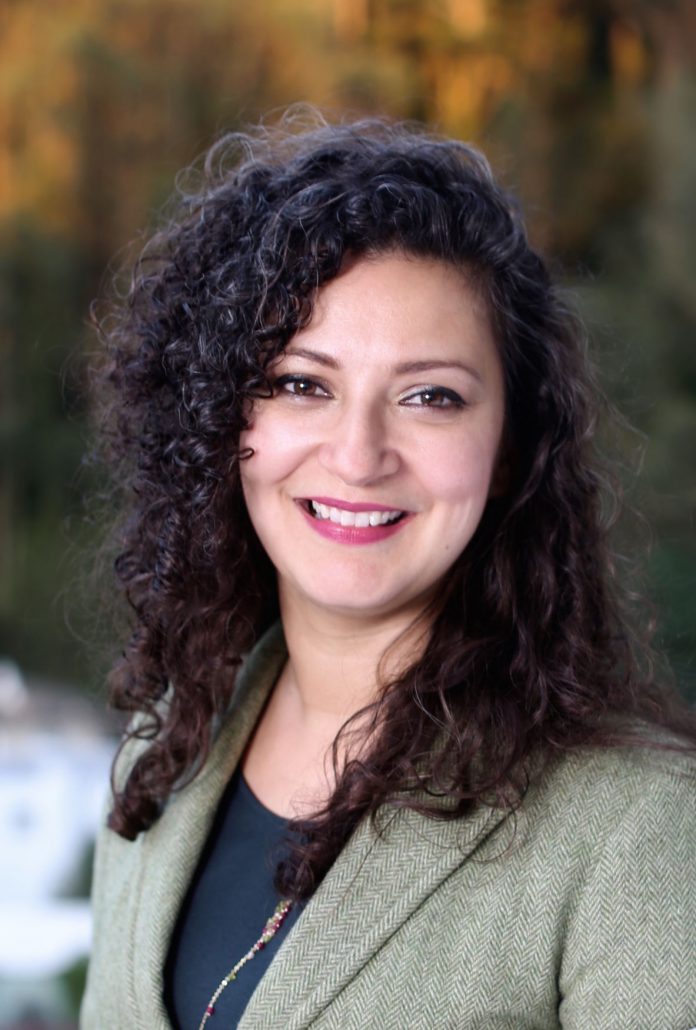Amber left home at age 15 to escape physical abuse. After weeks in shelters and on the streets, she met John. He invited her to stay at his house and offered her food and clothing. But John’s “generosity” had a hidden cost as he demanded that she perform sex acts with him, and then with his friends.
Seventeen-year-old Omar left El Salvador to work in his cousin Mateo’s restaurant in Northern California. Mateo promised good pay and the opportunity to attend school. Instead, Omar found himself working 10 to 14 hour days at less than minimum wage with no overtime pay. Mateo took half his wages, supposedly to pay down Omar’s “travel and living expenses.” Mateo also took his passport “for safekeeping” and warned Omar if he tried to leave, harm would come to his family in El Salvador.
Aesha left India to join her new husband Bobby in America. Before their marriage, Bobby promised she could pursue college and career goals. Once in California, Aesha was forced to work as the family’s cook, housekeeper, nanny, and caregiver for Bobby’s parents. She knew no one else and was not free to come and go. Bobby and his parents beat her if she complained.
Amber, Omar and Aesha are all victims of human trafficking. Their stories occurred right here in Santa Clara County. (Pseudonyms are used to protect identities.)
There’s a misperception that human trafficking is just another name for prostitution, and that it only exists in distant countries. In reality, human trafficking is modern-day slavery. Traffickers profit by exploiting others through commercial sexual exploitation and forced labor. They use violence, deception and coercion to control their victims, who are not free to leave the situation.
Human trafficking is the world’s second largest and fastest-growing criminal industry with nearly 21 million people being denied their freedoms. The National Human Trafficking Resource Center collects data on reports of trafficking across the U.S. and operates the National Human Trafficking Hotline. In 2015, California led the nation with over 3,600 calls to the Hotline.
Most cases reported in California involve sex trafficking, particularly the trafficking of minors in commercial sexual exploitation. Industries at high risk for labor trafficking include domestic work, health and beauty services, agriculture, janitorial services, hotels and construction. It can happen when employers unknowingly use subcontractors who are exploiting workers by confiscating their IDs, failing to pay them wages or denying them the freedom to leave.
Federal and state lawmakers have enacted theTrafficking Victims Protection Act and the California Trafficking Victims Protection Act to define and criminalize human trafficking—a critical step to enable legal advocates, social services and law enforcement to protect victims and prosecute traffickers.
Santa Clara County is not immune to human trafficking. To prevent it from taking root and growing in our neighborhoods, the first step is awareness. Community members are invited to a Human Trafficking information session co-hosted by Community Solutions and South Bay Coalition to End Human Trafficking, 7 to 8:45 p.m. Sept. 27 at the Morgan Hill Library, 660 West Main Ave.
Perla Flores is Director of Solutions To Violence at Community Solutions. Sharan Dhanoa is Coordinator for the South Bay Coalition to End Human Trafficking.
<
Join Community Solutions and the South Bay Coalition to End Human Trafficking at an information seminar 7 to 8:45 p.m. Sept. 27 at the Morgan Hill Library, 660 West Main Ave.








